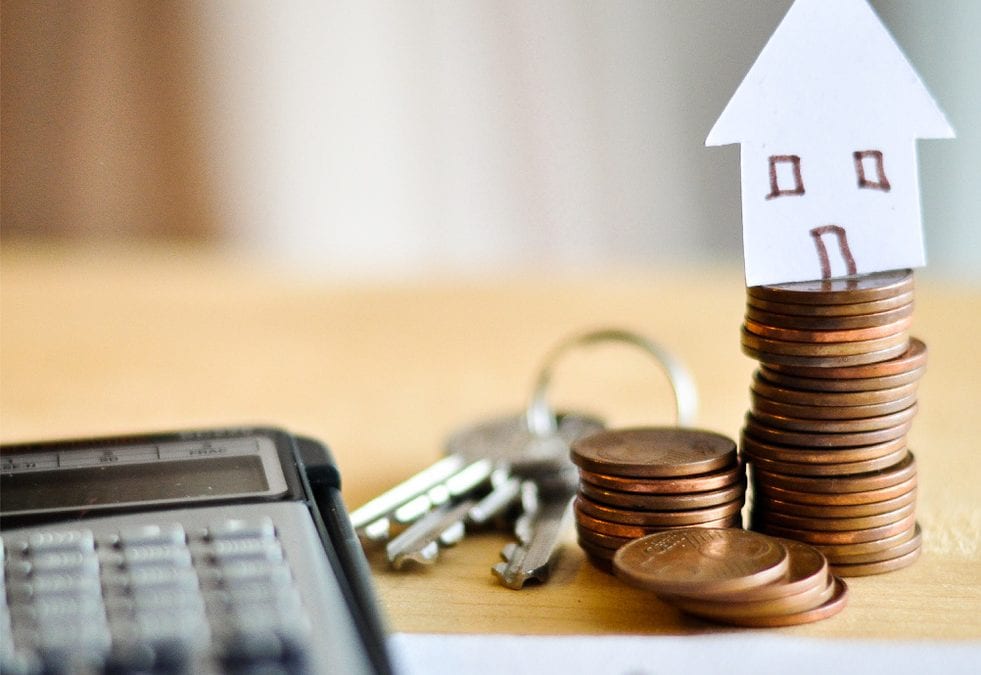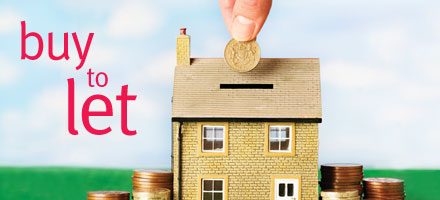If you’ve decided it’s time to cut down your buy-to-let portfolio, sell your current buy-to-let and invest in a new one, or quit property investment entirely, this guide explains the key things you’ll need to consider before putting your rental property on the market.
Should you sell your buy-to-let as tenanted or vacant?
Once you’ve decided to sell up, it’s important that you talk to your tenants – who knows, they may even wish to buy the property themselves.
If this isn’t on the cards, you’ll need to decide whether you want to sell the property as a tenanted buy-to-let or a vacant home on the open market. Both options come with pros and cons:
- If you sell a tenanted property, your target market will be limited to other landlords, who might be attracted by the prospect of having rent coming in from day one. The downside to doing this is that there are lots of administrative hoops you’ll need to jump through.
- If you sell a vacant property without sitting tenants, you’ll be putting your home on the open market, which could achieve a higher selling price. Of course, you’ll need to follow the correct procedures to evict your current tenants first, and you may need to spend money sprucing up the property before you’re able to sell it.
Either way, communication and goodwill between you and your tenants are vital, as the tenants will need to agree that prospective buyers can enter and view the property (especially if this isn’t formally specified in the tenancy agreement).
The state of the property when potential buyers look round could also have a big impact on your sale, and your tenants may feel more inclined to tidy up if you have a good relationship with them.
Selling a buy-to-let property with tenants
Selling to an investor can be quicker than putting the property on the open market, as buy-to-let purchases tend to be conducted by more experienced buyers, involve fewer chains and be less emotion-based. The downside, however, is that you’ll have to deal with additional admin.
For example, you’ll need to provide the tenancy agreement to the new landlord, as well as Right to Rent records, gas safety certificates and inventories. You’ll also need to arrange to have your protected tenancy deposits transferred into the new landlord’s name.
The process isn’t hassle-free for tenants, either – they may have to undergo new referencing checks and sign updated contracts with the new landlord once the sale has completed – although it’s certainly simpler than eviction.
Selling a vacant buy-to-let property
If you want to evict your tenants before selling the property, you’ll need to adhere to the break clauses and contract terms set out in the tenancy agreement – you can’t simply serve notice whenever you wish.
If you’re determined to sell the property during the contracted period, you’ll have to come to an agreement yourself with the tenants, perhaps by providing financial compensation in return for them agreeing to move out early. Legally, the tenants hold the cards in this situation.
If you’re coming to the end of a tenancy period, have a specified break clause or your tenants are on a ‘rolling’ contract, you can serve a no-fault eviction using a Section 21 notice. This will give them two months’ notice before they have to vacate the property.
Remember to factor in some decorating time if you want to spruce up the property before putting it on the market, but if you have a buy-to-let mortgage, bear in mind the loss of rental income during this period.
Capital gains tax when selling a buy-to-let property
Buy-to-let properties are subject to capital gains tax (CGT).
This is charged at a rate of 28% (for higher-rate taxpayers) or 18% (basic-rate taxpayers) on any growth in value that the property has enjoyed. If you’re a basic rate taxpayer, bear in mind that the gain will be added to your income, so this could push you into to higher-rate band.
Everyone has a tax-free capital gains allowance of £12,300 per year in 2020-21, so you’ll only need to pay CGT on profits above this threshold.
It’s also possible to offset some costs, such as what you paid out for stamp duty and conveyancing when you bought the property and any charges associated with selling it (including estate agent fees). You should also be able to offset any capital improvements you’ve made to the property against your CGT bill.
You’re not allowed to deduct outgoings on the upkeep of the property or mortgage interest.
Selling a buy-to-let property: mortgage implications
When preparing your exit strategy, it’s important to consider the mortgage implications of selling your buy-to-let property.
This is particularly important if you’ve taken out a fixed-rate mortgage, where your repayments are set for a specific number of years (usually two or five, though 10-year deals are becoming more common in the buy-to-let sector).
Longer-term fixed-rate deals often come with hefty early repayment charges. For example, on a five-year fix, the repayment charge might be as much as 5% in the first year, before dropping to 4%, 3%, 2% and 1% each year until the end of the introductory period.
Not all products have such high early repayment charges, so check the specifics of your mortgage before deciding when to sell.
- Find out more: Buy-to-Let Mortgages

WHAT SORT OF BUY TO LET PROPERTY SHOULD I BUY?
Before commencing your search you need to consider what kind of tenant you are looking for… for example:
- If you are looking at students then it is likely they would want to live in an affordable property close to the university and nightlife
- If it were a family then they will be interested in living near to good schools, a garden and generally plenty of storage space within the house
If you get the location or type of property wrong, the rents may be lower than anticipated and the right tenants harder to find.
Always bear in mind that some properties are more difficult to get a mortgage on i.e. former council houses, non-standard constructions, flats above commercial premises such as shops/cafes etc.
Does the type of tenant matter?
The type of tenant renting your property can affect your plans, for example many lenders have restrictions on mortgages for students and DSS and Houses in Multiple Occupation (HMOs). An HMO building is defined by having three tenants or more, that form more than one household and who share a toilet, bathroom or kitchen facilities.
How do I choose where to buy?
If it is your first buy-to-let then it would be worth considering buying a property close to home. Not only will you be familiar with the area but you’ll be on near should anything go wrong i.e. repairs required.
Buying somewhere further afield can present a wider range of options, however you may need to consider using a letting agent to manage the property,
When you have decided on an area contact a local letting agents who can advise on what kind of properties are in demand and how much the rent would be.
Make sure you do your homework by checking the average property values for the area and take a look at how much properties are renting for in the area.
Do I want capital growth or good rental returns?
As a buy-to-let investor, you will be looking for either capital growth (increase in the value of the property over the medium to long term) or rental yield (income generated from the property expressed as a percentage of the property value). You’ll need to work out which of these has the greater advantage. For example, if your initial costs are so high you are unlikely to attain a good rental yield, you’ll be depending on property prices rising. If, on the other hand you are buying a cheaper property to rent out to several students, you will be relying more on the rental yield.
A good rental yield is generally around 5% a year, although some properties might reap yields as high as 7% plus. HMOs can achieve between 12% and 15%.

